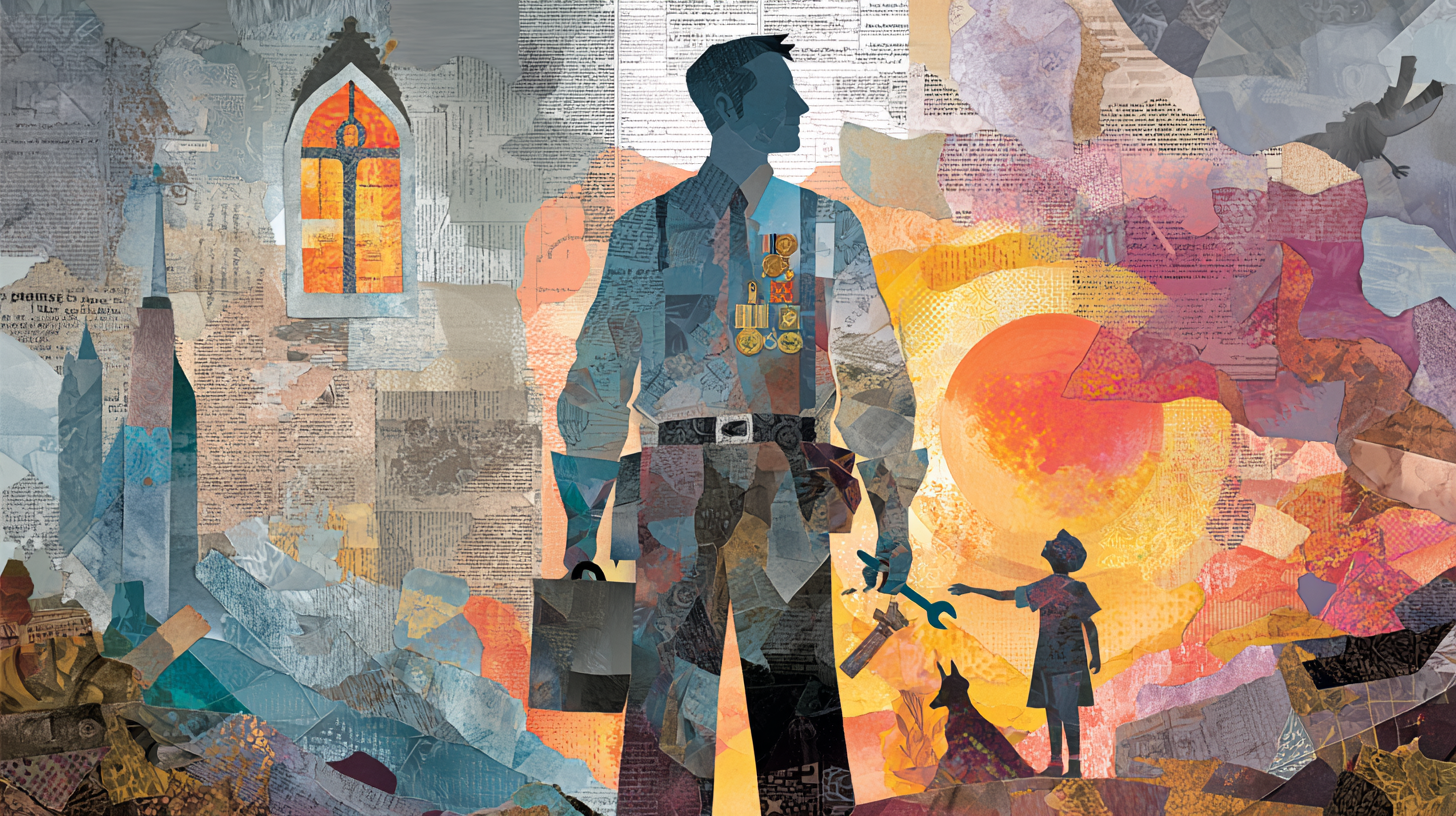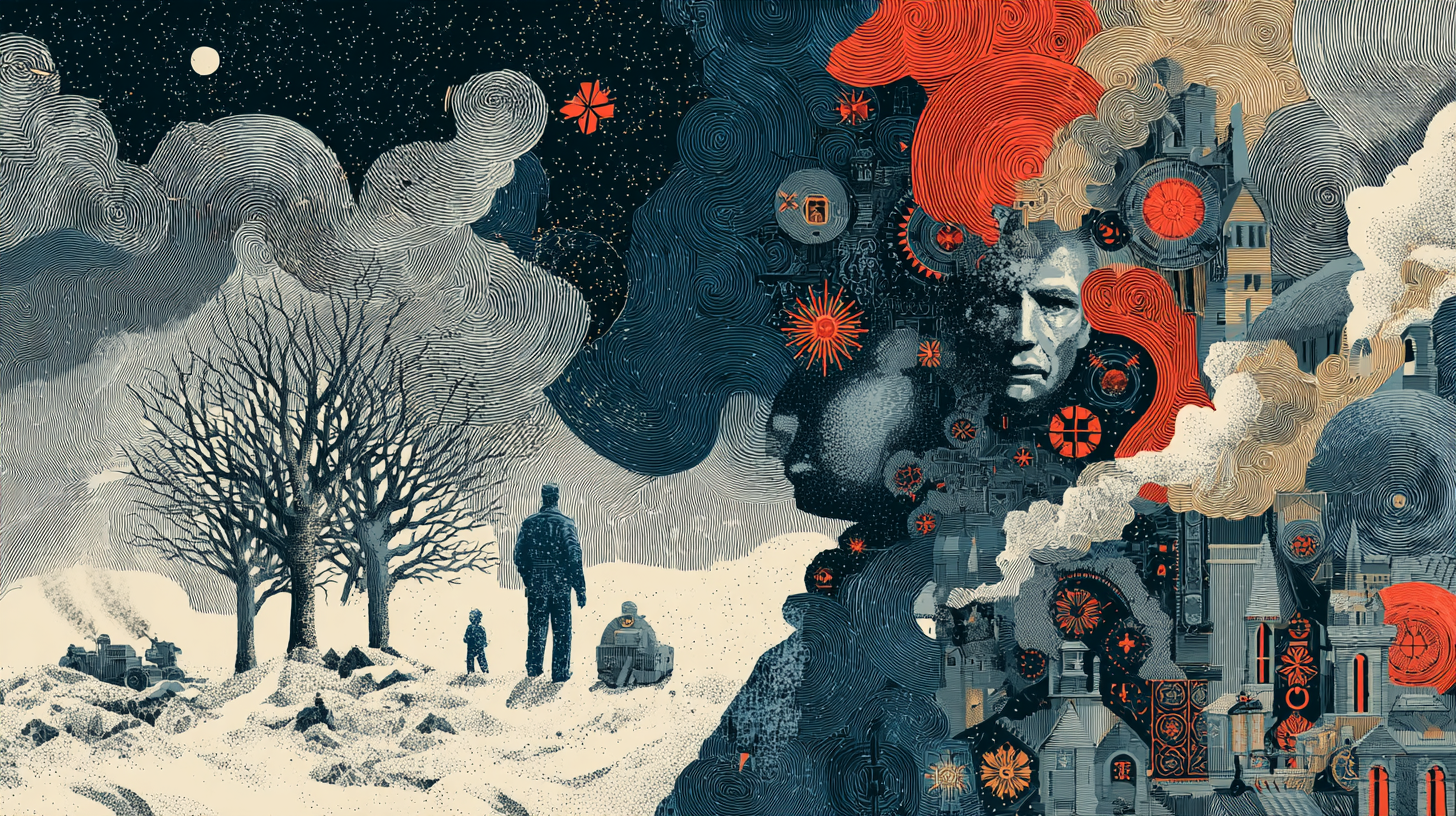READ IT TO ME: Click play to listen to this post.
Love is patient, love is kind. It does not envy, it does not boast, it is not proud. It does not dishonor others, it is not self-seeking, it is not easily angered, it keeps no record of wrongs. Love does not delight in evil but rejoices with the truth. 7 It always protects, always trusts, always hopes, always perseveres. Love never fails.
When I was a child, I talked like a child, I thought like a child, I reasoned like a child. When I became a man, I put the ways of childhood behind me.
I Corinthians 13:4-8, 11 – The Bible
Intimacy disability strangles the flow of compassion and love toward self and others. It’s a real problem that blocks the flow of healing in our communities. Divisiveness destroys trust and accelerates separation so that people live their lives in silos. The lack of connection intensifies loneliness. Even though we have advanced tools of technology to engage emotional intimacy, our society suffers from acute relational isolation.
The late John Bradshaw once remarked “The abused child often enters a trance state. In such a state a child may experience panic attacks, over-reactivity, and obsessive worrying. A child with unresolved trauma becomes frozen in time, dominated by hyperreactivity. When any experience resembling the old trauma occurs, the old trauma is activated. Abuse survivors learn that relationships are based on power, control, secrecy, shame, isolation, and distance.”
There are footprints of these characteristics that noticeably tread across the culture of this country. Many who read these written words suffer from chronic panic and obsessive worry triggered by fake news in all forms of misinformation and conspiracy theories. The only safe place is to hide in the silo of shared thinking with others who fear the same. Like mushrooms that grow in my backyard when I water the grass too much, the need for power, control of others, secrecy, shame, isolation, and distance flourish where trauma dominates.
R.D. Laing, the late Scottish existential psychiatrist wrote that “we are all in a post-hypnotic trance induced in early infancy”. Though biologically humanity matures into adulthood, psychologically many remain stuck as a child. We have not put the ways of childhood behind us. Therefore, far too often, adult decisions are made from a childish mindset dominated by shame, panic, isolation, and distance. These traits of an abused child accurately describe how many live their relational lives in America.
Here are a few observations that I see regarding this dilemma.
1. There is no escape. Trauma wounding must be faced. In different sectors of the community, I hear rumblings from a few who lament that with the direction our country is going, they are seriously weighing the option of expatriating to another country. I think if one chooses to live in another country in terms of adventure and numerous other reasons that guide the spirit, it is good. It is possible to find relief from the political, economic, racial, and sexist domination that is experienced in society through geological relocation. However, healing will only happen when you can face yourself right where you are. It’s the only place trauma wounding is ever healed—going inside and not escaping outside. That’s not to say that there is never a time to abandon ship. However, many of us abandon ourselves rather than face the trauma whose root is within us. Wherever you relocate you take that root with you. Working for systemic change at every level in our society requires a vision toward a long arc of justice and change. That said, individually, each person must face their own trauma created by systems of injustice that have perpetrated personal trauma. There is no escape. You must lean into the pain of trauma where you are presently.
People take Ozempic, do liposuction or gastric bypass as extreme measures to stem and control weight gain. While each of these procedures has attained some degree of popularity toward weight loss, ultimately you must get at the fundamental causation for the problem. For those who use food to medicate traumatic abuse, the problem will never be resolved through these forms of escape. I am not suggesting that these measures are not helpful. But, when causation is attached to trauma, the wound must be addressed.
2. The pain of scrubbing the wound prompts most to seek escape. Through the many years of my own recovery and observation as a therapist, most people would do almost anything to avoid the discomfort of scrubbing emotional wounding. It’s normal to want to avoid pain. Cleaning the wound of traumatic abuse involves intense pain. There really is no shortcut. Today, there are many helpful interventions including cognitive interactions, experiential (as in Gestalt, psychodrama, EMDR, brainspotting techniques, etc), pharmacological, psychedelic, and plant base experiences as well as many other modalities. It is common for many to approach these strategies as a way of escape to avoid doing the work of coming home to self. Being right where they are in the present moment and addressing abuse with the gamut of emotions involved in personal grief work will bring you home to self. Therapeutic interventions can be extremely helpful. When they are not it is common that many who have engaged the intervention are looking for a spectacular escape. There is no magic bullet. The litmus test is have you been able to lower the intensity of fear and domination that abuse presents and are you able to incorporate the pain into your life with life management skills. The remnants of abusive impact will likely always be there. Are you able to care for yourself in the presence of systemic dysfunction and not be dominated by either the presentation of current systemic abuse or the roots of historical trauma? This will require that you do a deep dive into your own trauma, using whatever modalities are helpful in your willingness to embrace right where you are in the present moment.
3. Healing a trauma wound requires that you stalk your shame. To come full circle with healing trauma wounding, you must address the shame triggered by redirecting it to hurtful behavior and its original source. It is necessary that you see your own hurtful behavior as an aberration to who you are which is an unrepeatable miracle of the universe. Stalking shame requires that you act on what your destiny calls you to become. This is the way destiny evolves. Learning to believe in who you are, not what you do, is the product of stalking shame.
It is critical to embrace prophetic imagination in order to overcome traumatic wounding. Henry David Thoreau’s quote “If one advances confidently in the direction of your dreams, and endeavors to live the life which you have imagined, you will meet with a success unexpected in common hours” applies to all who are willing to go within and heal trauma wounding.




